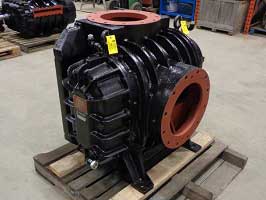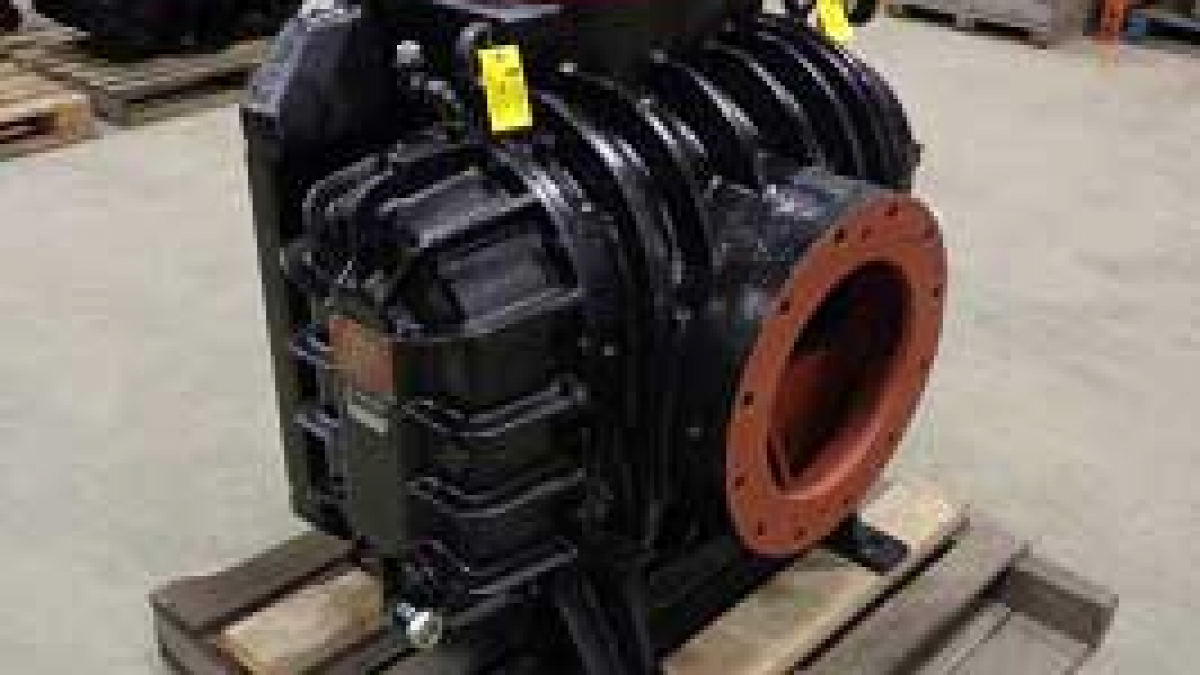How does a HVAC vacuum pump work?

Air conditioning vacuum pump is used to remove unwanted air and water vapor from the air conditioning system when it is under service. When the air conditioner needs to be repaired, the first step taken is usually to recover the refrigerant from the system for reuse later.
Once the recovery job has been done, you can now proceed to do the necessary troubleshooting and repair work. The next step is to check and make sure that the system is leak free else steps will have to be taken to rectify this.
The evacuation process is the next step in which the vacuum pump is used to remove the air and moisture from the refrigerant system. Once this is done, the charging process can be carried out before doing a full test on the system.
The Necessity of Evacuation
In a refrigerant system, only the refrigerant and oil should be circulating. During servicing or after many years of operation, the air may enter the system. The air from the atmosphere that enters the system include oxygen, nitrogen and moisture. These unwanted components will cause:
Rise in head pressure causing higher discharge temperatures and compression ratios. Efficiency of the system is reduced.
Acids are produced in the refrigerant causing chemical reaction resulting in electroplating and damage to the motor insulation. Once the insulation in the compressor motor breaks down, short circuit will happen hence damaging the compressor. The compressor is one of the highest equipment cost in the system. Acids also cause corrosion to the metal parts over time.
Sludge is formed by a combination of oil, acid and moisture in the system. It will cause improper operation to the filter drier, strainers and expansion device over a period of time.
Air Conditioning Vacuum Pump Operation
In order to remove all the unwanted moisture and gases from the refrigerant system, a state of near vacuum has to be achieved in which the pressure in the system is forced to go below the atmospheric pressure. The absolute value of the atmospheric pressure at sea level is given by 29.92 in. Hg or 14.696 psia or 759.999 mm Hg or 759,999 microns.
In the typical system, the vacuum pump is required to create a vacuum state of about 300 to 500 microns. An electronic vacuum gauge is needed to measure the level of vacuum in the system. Check the specifications of the vacuum pump and make sure that it is able to achieve the vacuum state as required by the manufacturers of the equipment.
How does a HVAC vacuum pump work?
A 2-Stage Vacuum Pump from Robinair
Rotary compressors are used in the pumps and the better ones that are able to produce the lowest vacuums are the 2-stage rotary vacuum pumps. However, they are more costly but their abilities to remove moisture effectively is one of the main reasons why many technicians prefer to purchase this model.
As the system enters low vacuum state, the moisture will begin to boil and becomes vapor enabling its removal from the system easily.
Proper oil needs to be used when operating the air conditioning vacuum pump. Use only the recommended oil to enable the pump to achieve the specified vacuum state.
Take note of the followings when selecting air conditioning vacuum pump.
Sight glass oil to see the level of oil before operating.
Anti-suckback feature that will prevent the oil from the pump from flowing into the refrigerant system in the event of power failure. The oil in the refrigerant is different from the ones in the pump.
CFM rating. The higher the cfm, the faster the evacuation process is.
One-Stage or Two-Stage design.
The lowest vacuum level that the pump can achieve.
Intake fittings.
Weight.
Popular brands in the market include Robinair, Yellow Jacket, Inficon and Arksen.
[/av_textblock]
Leave a Comment